Automated IT Asset Management (ITAM) is a powerful tool for modern businesses. It facilitates simple and fast business e asset information. Ultimately, this means efficient decision making, optimized spending and usage, fast onboarding and offboarding, easy troubleshooting and maintenance, and secure data systems and critical information. In the past couple of years, more and more companies have started taking advantage of ITAM software. There is no better time than now to seize your opportunity; make sure you choose the best fitting program for your business by following this handy guide.
ITAM stands for IT Asset Management. An ITAM program is a set of policies, processes, and procedures that an organization follows to manage its IT assets throughout their lifecycle. IT assets may include hardware, software, and related equipment.
1. Understand Your Needs – ITAM Program
It is natural to be excited about a new product complete with all the bells and whistles. Yet, it may not work for your business, causing more problems than you originally started with. It is crucial to consider your needs, your IT assets, how they are used, and your overall goals when you are shopping for an IT program. In this way, you can select the perfect platform for your firm.
Many firms do not have comprehensive information on all their assets, their current use, or their current value. Afterall, that may be the exact reason they are looking into ITAM software. In these cases, you may wish to consult your service catalog, talk to your IT department heads, or run an IT audit to get a clearer picture.
2. Account for All Services
An ITAM tool is never a one-size-fits-all solution, even if the provider advertises it as such. They may have a different view of business needs than you do. Take your time to consider all their services, making sure they match up with your expectations. Common functions and features include:
- Asset Inventory/Database: An organized record of all IT assets, separated by category. Each asset includes detailed information about the product, location, authorized users, usage, spending, and other important elements. Some ITAM platforms will account for hardware, software, and accessories.
- Booking System: A calendar for scheduling, onboarding, and offboarding assets from employees or teams.
- Software License Management: An organized record of all software licenses, authorized users, usage, spending, and license renewal date.
- Cloud Insights: Monitoring and tracking of Cloud usage, spending, and optimization details.
- Contracts Management: A database of supplier/provider contracts and their detailed information.
- Asset Lifecycle Management: An up-to-date record of where assets are in their lifecycle, their usage, and their accumulating costs.
- Full Discovery: An excellent way to identify inefficiencies amongst your assets and asset usage.
- Tracking: Automated monitoring, tracking, and updates.
- Automation Workflow: The ability to set and automate certain ITAM processes.
- Notification System: The ability to receive notifications from IT asset events, such as license renewals, software updates, over usage alerts, maintenance or repair alerts.
- Scanning: Advanced ITAM platforms include QR codes for easy asset scanning and updating.
- Reporting and Analytics: The ability to generate special reports on particular assets to share amongst key stakeholders or make smart business decisions.
3. Consider the Integrations
While some firms enjoy having an ITAM platform as a stand-alone software, others prefer to simplify even more processes by integrating it with other tools or services. Take your time to ensure your ITAM can integrate with other applications, such as your service desk program or simply other Atlassian products. In this way, you can ensure an accurate, efficient flow of data from many different sources.
4. Verify Ease-of-Use
ITAM platforms do not only make your business more efficient, they should also make your IT department and your employees’ jobs easier. If ITAM does not perform all the processes necessary or is challenging to use, you may be adding more to your employees’ workloads. Ultimately, these additional manual tasks slow down productivity and increase risks. Accordingly, some of the most important factors to check are:
- Clear labels, QR codes, and asset grouping or categories
- Intuitive navigation
- Accurate, up-to-date tracking
- Custom report generation
- New asset or services recognition or discovery
- Duplicate asset recognition
- Offline or inactive asset recognition
- Ability to import information about assets from multiple sources
- Ability to automate onboarding and offboarding processes
5. Look To the Future
It may be intuitive to consider your business and your assets as they are, currently. However, your assets may grow over time, technology will change, and your needs may evolve. An ITAM platform that offers flexibility can adapt, grow, and change with you. For some firms, this may be investing in an ITAM program with an open-source code or it may be looking for a tool that offers customization. Likewise, a provider/development team that creates updates and new features regularly is always an outstanding choice. In these ways, you can make sure your platform stays relevant and that you do not need to continuously find new programs.
6. Ensure Support
Everyone needs a support system, especially when encountering a new software, implementing it into your IT department, or optimizing certain features to match your needs. It is an excellent idea to ensure your ITAM provider has a responsive, helpful support team. Some ITAM development teams also provide comprehensive notes on how to set up and use your new program, and how to take full advantage of certain features. It can be beneficial to browse through this document to get a feel for their clarity, simplicity, and helpfulness.
7. Assess the Costs
When you are implementing ITAM programs into your firm, one of your business goals is undoubtedly to reduce unnecessary spending. Some companies invest heavily into ITAM programs, but they should consider free or low-costing software as well. In many cases, these platforms are just as efficient, if not more efficient than expensive options.
8. Find a Free Trial
If you are considering an ITAM platform, it is important to give it a test run amongst a small team. Your employees will be able to tell you how easy it was to use, how they can see it integrating with the department, and if it lacked in delivering certain information. Luckily, many ITAM providers offer a free trial of their software, like AssetIT, so you can do just this!
This Ebook provides a comprehensive overview of IT Asset Management, its benefits, and common challenges faced by organizations. We will also explore how to implement IT Asset Management using Jira, a popular project management tool, and best practices for managing IT assets.




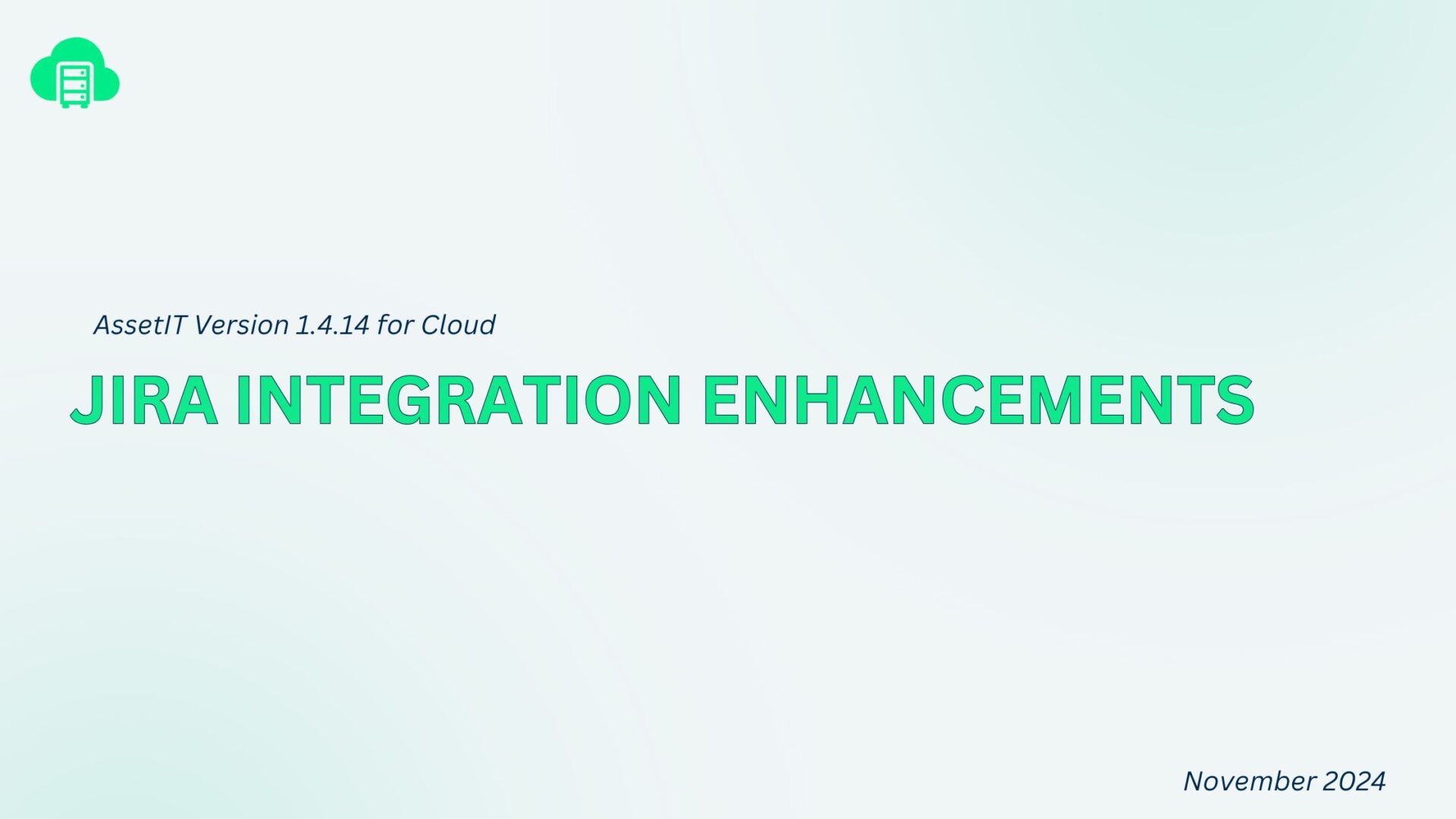
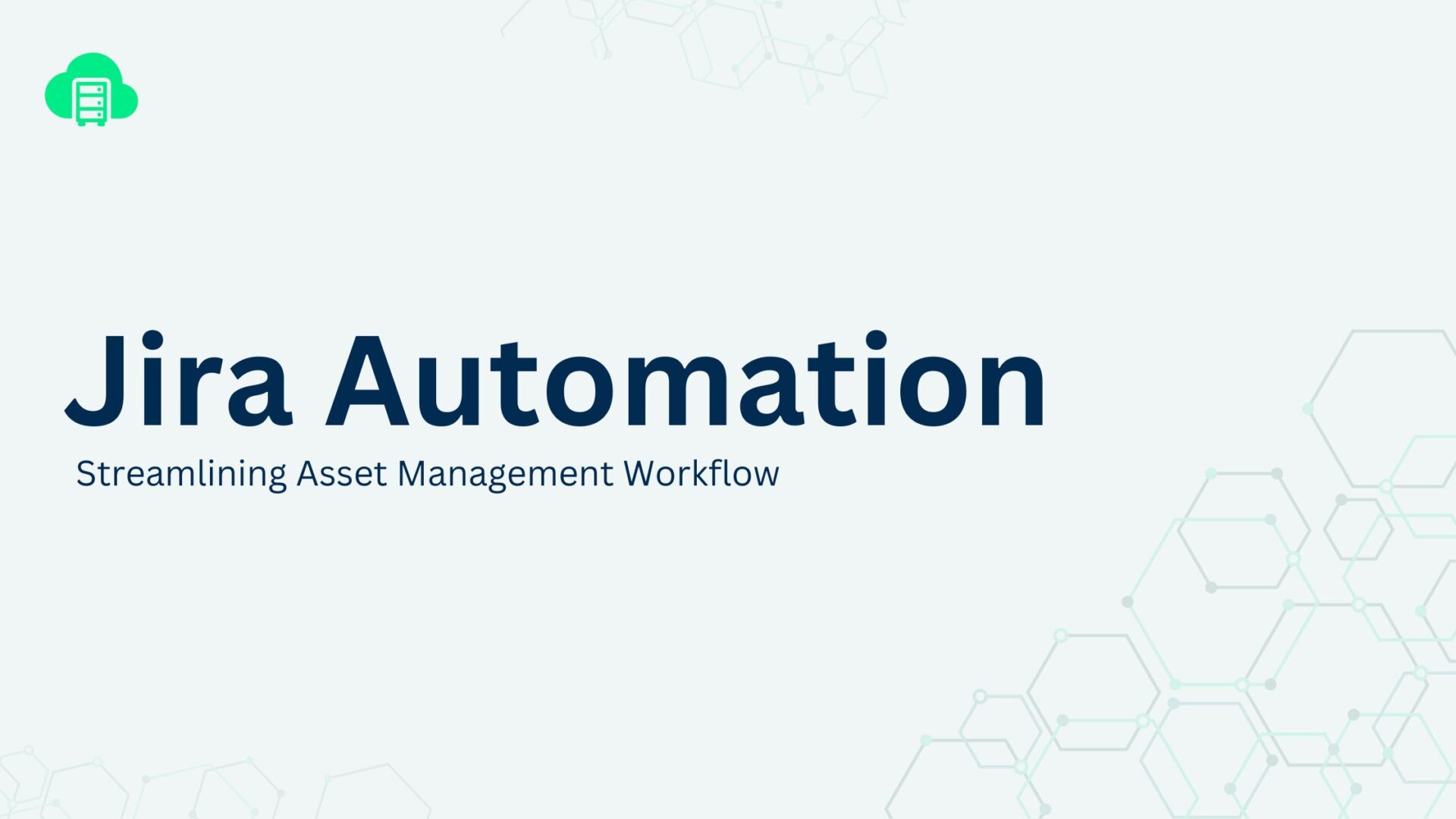
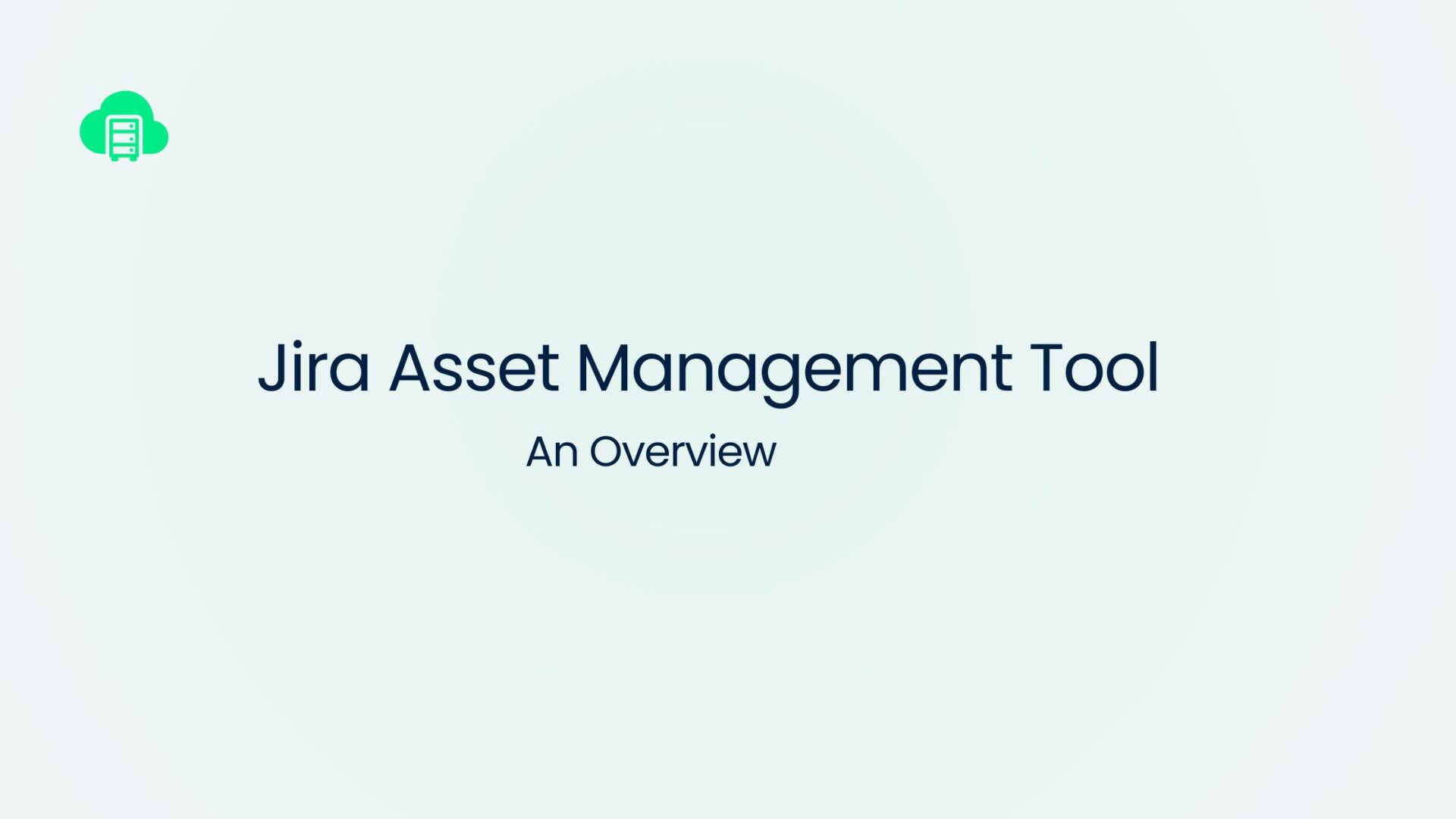

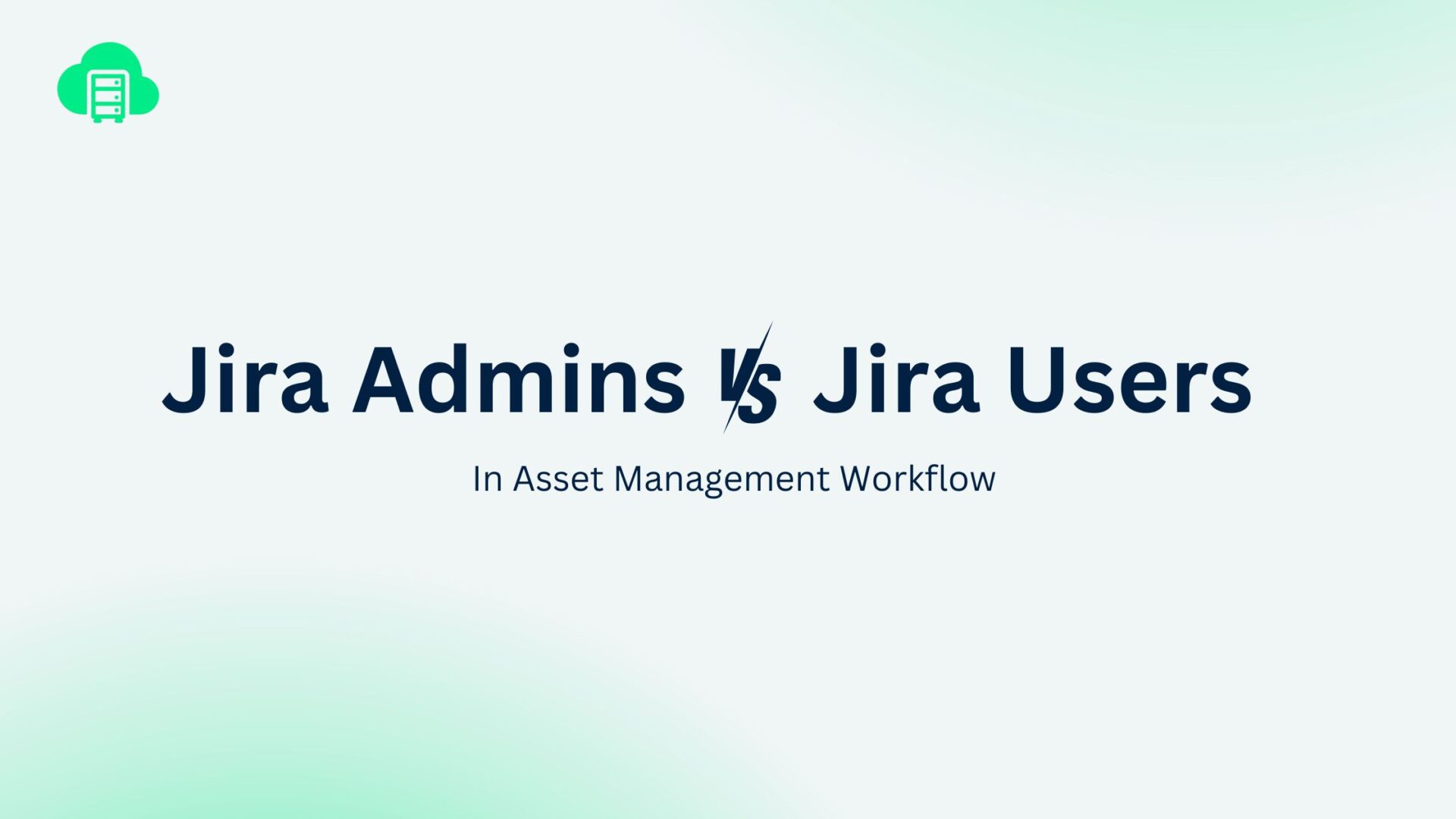
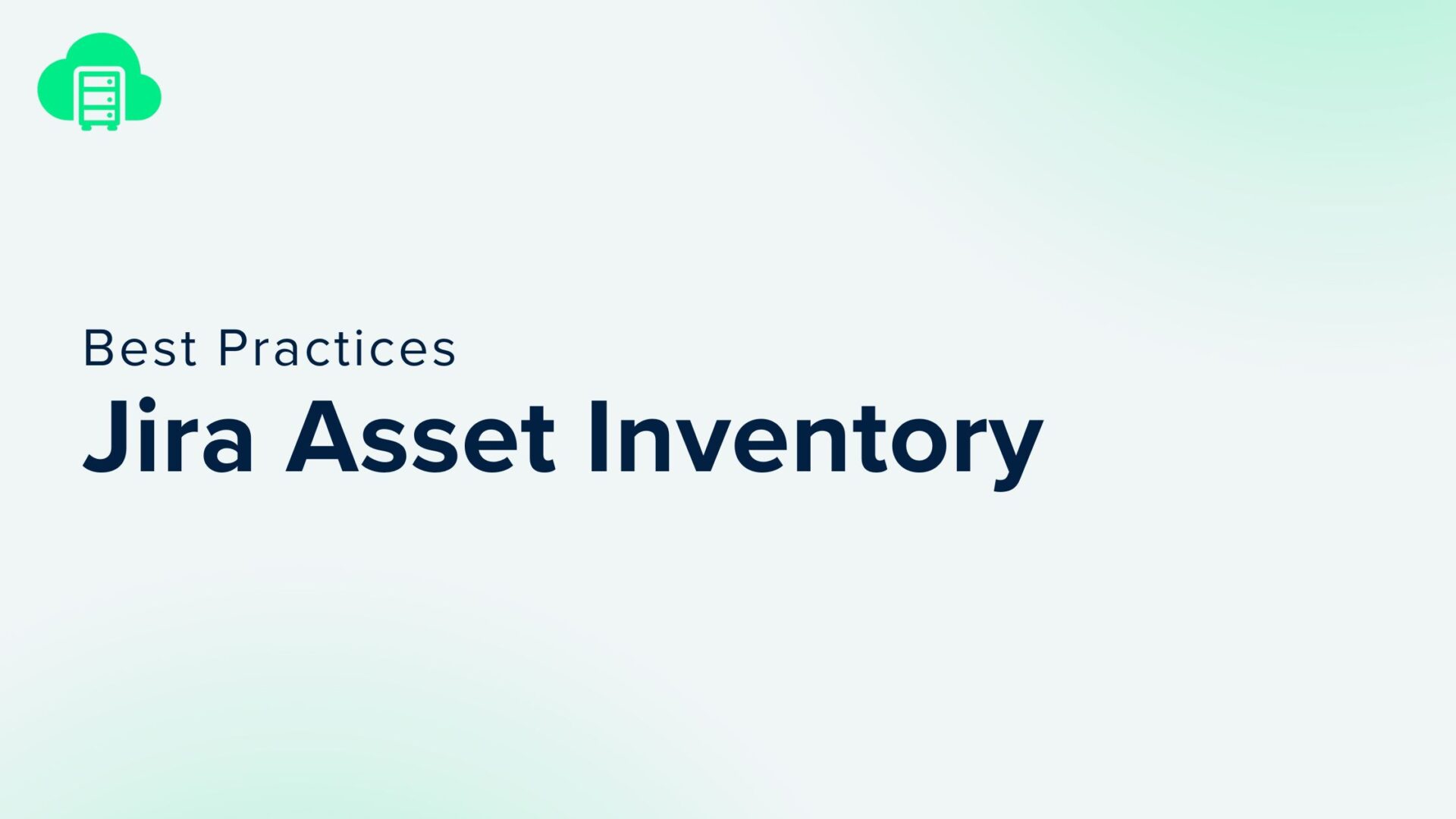
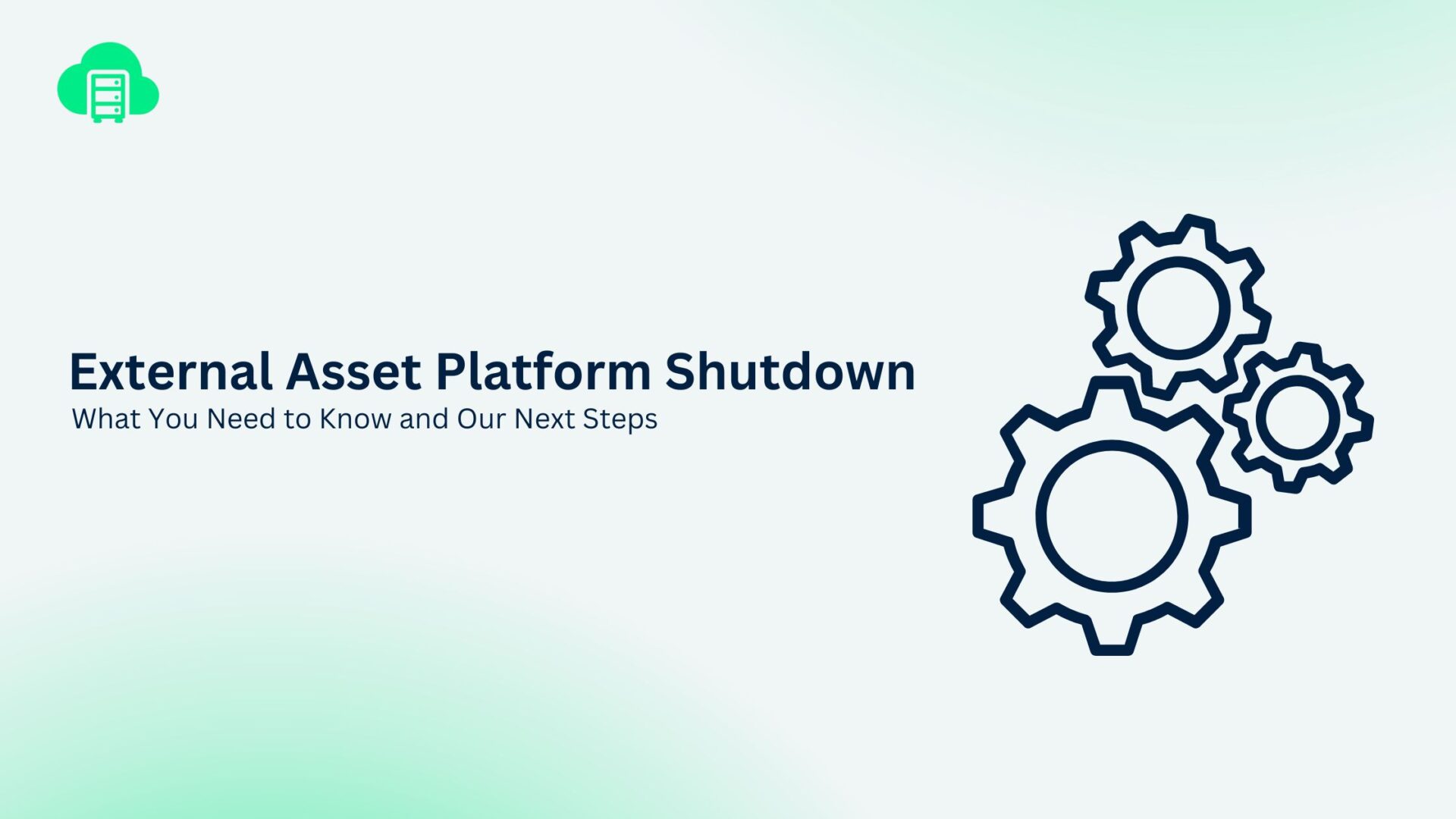
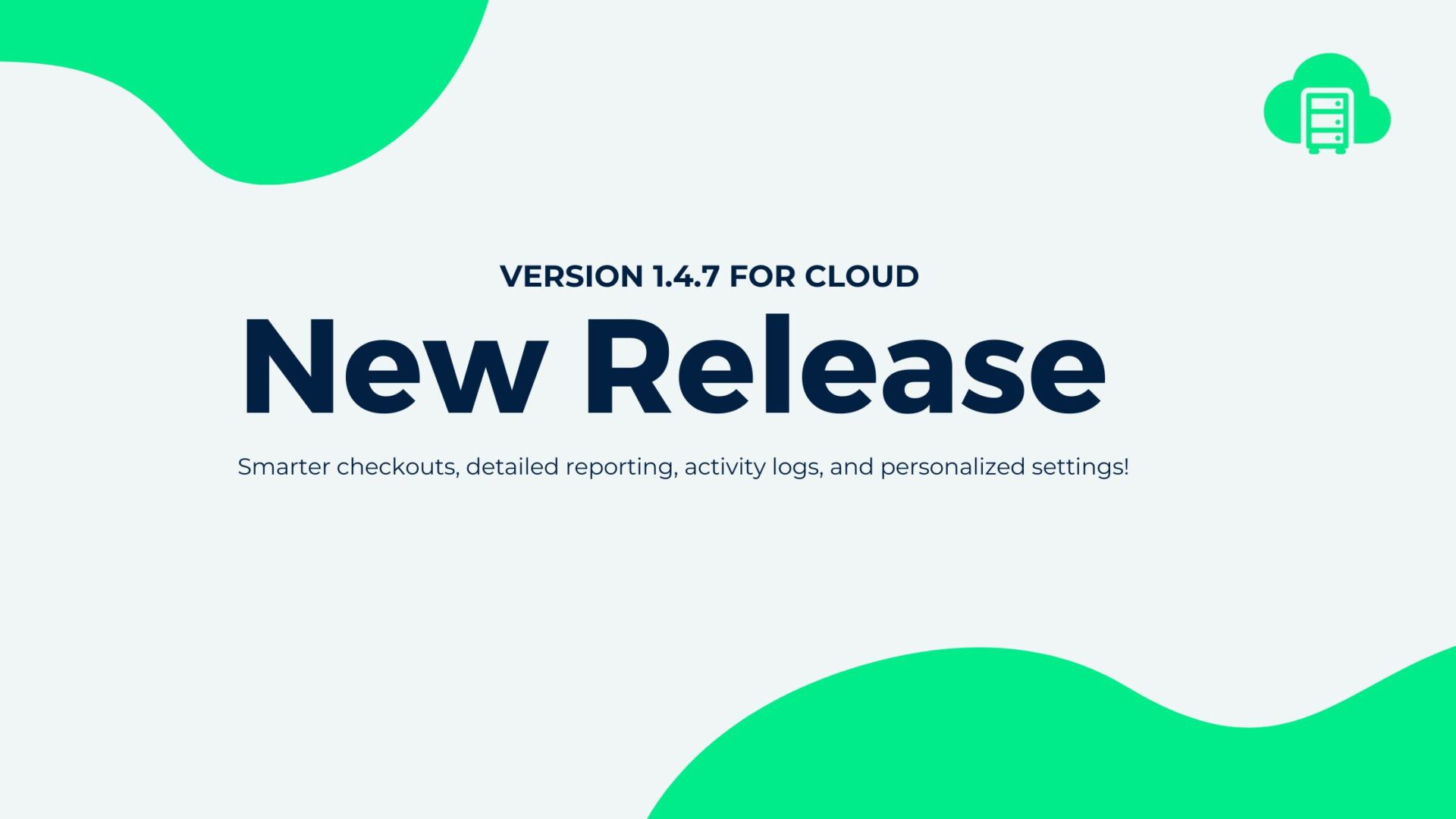
Recent Comments